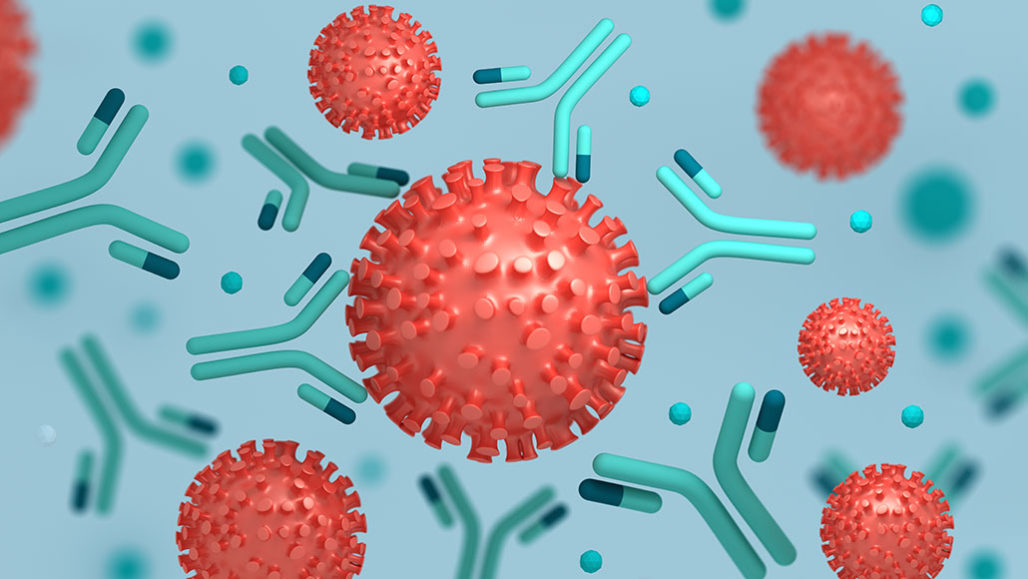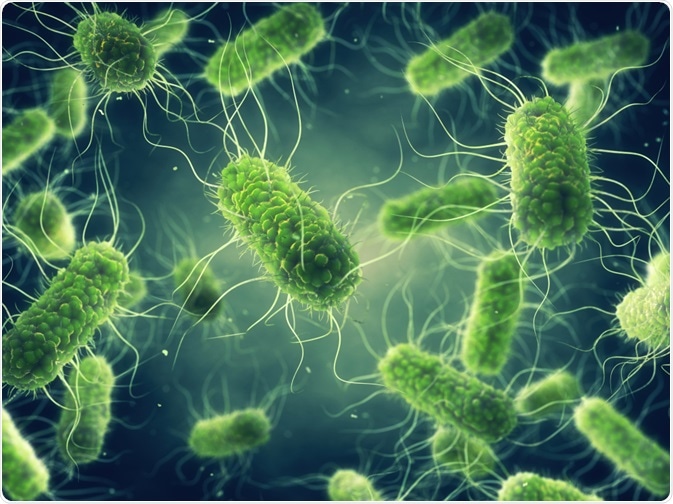In the following assignment, we will discuss the effectiveness of methods to control microorganisms. In particular, we will highlight the effectiveness of methods such as temperature, Immunizations and antibodies. Study it to learn how to write similar essays and follow to gain insights into how you can get expert essay writing help.
Use of physical methods to control microorganisms
The effects of temperature on microorganisms
Temperature is a huge factor in the growth of microorganisms along with food supply, pH levels and time. Refrigeration and freezing play a role together in the growth of bacteria in foods. Freezing foods at low temperatures merely leaves large amounts of microorganisms dormant by being inactive which is an effective method of controlling the spread of the microbes but not in the eradication of the microorganisms.
As the temperature increases the microorganisms become active and spread which can lead to illness. The types of bacteria found in refrigerated foods are pathogenic bacteria and spoilage bacteria, such as salmonella, listeria, E.coli O157. these bacteria are present in large amounts of foods which have been repeatedly frozen again. Certain foods have different shelf lives to others because of this certain foods have to be frozen before the ”use by date” for availability of consumption. A refrigerator is an effective method for the control of microorganisms.
Effectiveness of controlling microorganisms by freezing/refrigeration is visibly present as spoilage bacteria turns foods off, changing color, fungi growth, they release bad odors and by freezing foods/refrigeration it lets foods be available for consumption for longer periods of time. There are over a million cases of food poisoning each year, 20,000 hospitalizations and 500 deaths. This rate is slowly decreasing in the U.K. This costs the economy £1.5 billion each year (Micbo 2012). In Northern Ireland and Scotland the risk of food poisoning from local food stores and food outlets was increasing at an alarming rate.
The Food Standard Agency devised a plan to introduce a scheme of rating every food outlet and provider with a score from 1-5 on their business when it is inspected by a food safety officer from the business’s local authority. The hygiene rating shows how closely the business is meeting the requirements of food hygiene law (The Food Standards Act 1999). (FSA 2012) This scheme along with food hygiene legislation greatly decreases the rate of microorganisms growing and it is a great way that shows that when the rules are followed correctly the methods are effective in controlling microorganisms.
An autoclave is a machine which operates highly pressurized steam, this is known as sterilization. Sterilization is the most effective method of controlling microorganisms. Due to autoclaves being used in a large scoop of practice, every practice has their own set of guidelines in the use of autoclaves. With further research I have concluded that the majority of autoclaves based on the University of Cardiff’s research guidelines preform at the same capacity i.e. correct autoclaving will result in a 100% kill rate. It should therefore be the first choice method (wherever practicable) both wild-type and genetically modified micro-organisms. (UOC2012).
With this information I can concluded that the use of autoclaves for example within a hospital or dental care practice is different to a lab environment autoclave. This means that autoclaves in hospitals and dental care practices come into contact with a range of different microorganisms and it is these microorganisms that spread disease. In do so some microorganisms have adapted and modified to insure survival such as prions, these prions do not eradicate at normal pressurized temperatures such as the typical 134 °C for three minutes or 121 °C for 15 minutes.
The effect of immunizations on microorganisms
The overall effectiveness in controlling microorganisms with the use of an autoclave is still considered to be the best method. Due to the factor of small amounts of prions still alive after autoclave it poses major concerns with infection control policies. Immunizations are one of the greatest achievements of medicine and it has saved millions of lives that have been spared from diseases.
Immunizations can prevent diseases such as measles, mumps, rubella and a wider list ranging from anthrax to yellow fever. (DOH2012)(NHS,1.2012) Measles, mumps and rubella known as MMR our infectious diseases. Since the introduction of the MMR vaccination in 1998 the number of children who develop the disease has fallen to a relatively low number. The MMR vaccine works by activating parts of the immune system to produce antibodies against MMR. If you come into contact with one of the diseases your immune system will produce antibodies to fight against it or them.
According to BUPA UK after the first dose of the MMR vaccine, 64 out of 100 people will be protected against mumps, 90 out of 100 people will be protected against measles and 95 out of 100 people will be protected against rubella. After the second dose, 99 out of 100 people will be protected against all three illnesses. (Bupa2012) Controversy over the effectiveness of the MMR vaccine and its side effects caused by the published findings by Dr. Andrew Wakefield in 1998 caused a huge number of people not receiving their children vaccinated against MMR. His published findings showed a strong link between the MMR vaccine and autism and bowl disease.
An investigation of the published findings showed that by Dr. Andrew Wakefield used controlled tests with selected individuals in which he based his findings on. This was a huge error in his findings which proved that Dr. Andrew Wakefield findings where wrong but because these findings were published they caused panic for the public. MMR still has a foothold in the United Kingdom and across Europe and it hasn’t been totally eradicated like the infectious disease called smallpox.

The Department of Health along with the General Medical Council state that ”Over 90% of individuals will seroconvert to measles, mumps and rubella antibodies after the first dose of the MMR vaccines currently used in the UK” (DOH2010) which shows that it is a highly effective method. The Antibiotic was first discovered in 1928, the first antibiotic was called penicillin by Andrew Fleming. Penicillin is used to treat infections caused by bacteria. Over time these bacteria have become multi-resistant to antibiotics with the abuse of antibodies which create new strains of bacteria known as ”super bugs” such as (MRSA) Methicillin-resistant Staphylococcus aureus and (TB) Tuberculosis.
According to the Northern Ireland Strategic and Research Agency (2012) the number of deaths with Staphylococcus aureus or MRSA mentioned and recorded as the underlying cause on the death certificate by registration year, 2001-2011 with All Staphylococcus aureus at a percentage of 35% and MRSA with a percentage of 31%. Compared to 2001 All Staphylococcus aureus where at a percentage of 52% and MRSA at a percentage of 44% (NISRA2012).

These findings show that the mortality rate for all Staphylococcus aureus and MRSA in Northern Ireland is on the decline due to infection control policies, antibiotic administration policies and proper use of antibiotics. Therefore antibodies are extremely effective method for the control of microorganisms when used correctly in accordance with your doctor and policies (NICE 2012).
Reference Section
- (Bupa2012) Bupa Information Resource website (2012) On how effective is the MMR vaccine? [Accessed Online] Available from http://www.bupa.co.uk/individuals/health-information/directory/m/mmr-vaccine?tab=Resources (Date Accessed: 23/11/12)
- (DOH2012) (NHS,1) Department of Health website NHS Choices website (2012) Immunization facts [Accessed Online] Available from http://www.nhs.uk/Planners/vaccinations/Pages/Landing.aspx (Date Accessed: 23/11/12)
- Department of Health (2010) and General Medical Council (2010) / NHS Publications of Immunizations statistics from 2009-10 with the present. [Accessed Online] Available from https://www.wp.dh.gov.uk/immunisation/files/2012/07/Chap-21-dh_122643.pdf http://www.ic.nhs.uk/webfiles/publications/immsstatisticsreplacement/imms%20200910%20replacement/Immunisations_Bulletin_2009_10_v2.pdf (Date Accessed: 23/11/12)
- FSA 2012) Food Standards Agency. Food Safety Week statistics.*(2012.) [Accessed Online] Available from http://www.food.gov.uk/multimedia/pdfs/fsw2012-toolkit.pdf (Date Accessed: 23/11/12)
- (FSA 2012) Food Standards Agency. Food Standard Hygiene Act 1999 [Accessed Online] Available from http://www.food.gov.uk/enforcement/regulation/foodstandardsact (Date Accessed: 23/11/12)
- (NICE2012) National Institute for Health and Clinical Excellence ‘Infection: prevention and control of healthcare-associated infections in primary and community care’ (2012) [Accessed Online] Available from http://www.ips.uk.net/uploads/guidelines/NICE%20Clinical%20Guidelines%20for%20Infection%20Control_CG139.pdf (Date Accessed: 23/11/12)
- (NISRA2012) Northern Ireland Strategic and Research Agency (2012) [Accessed Online] http://www.nisra.gov.uk/demography/default.asp29.htm (Date Accessed: 23/11/12)
- (Micbo2012) Microbiology Online [Accessed Online] Available from http://www.microbiologyonline.org.uk/about-microbiology/microbes-and-food (Date Accessed: 23/11/12
- (UOC, 2012). University of Cardiff evidence based research on the OSHEU Autoclave Guidance Online Document ”effectiveness of the autoclave” [Accessed Online] Available from http://www.google.co.uk/url?sa=t&rct=j&q=&eloading=”lazy”src=s&source=web&cd=1&ved=0CDAQFjAA&url=http%3A%2F%2Fwww.cardiff.ac.uk%2Fosheu%2Fresources%2FAutoclave%2520Guidelines%2520draft%2520document.doc&ei=Ee6uUJT4H8fD0QXp9oHIDw&usg=AFQjCNEYNS-kN77ojA7_rYNFnSRywJKAgg&sig2=s1poyV8RmTH3TngWK-ijLQ (Date Accessed 23/11/12)
Read More On
- how do antibiotics work on bacteria research study
- Prescription of Antibiotic Medicines
- impact of chemical pesticides, antibiotics, and hormones on human health and the environment
- Research Methodology on the Impact of Nursing Education on Smoking Cessation
- The Importance of Assessment in Mental Health nursing
Do not hesitate to contact our professionals if you need help with your study even after going through our example guide.


